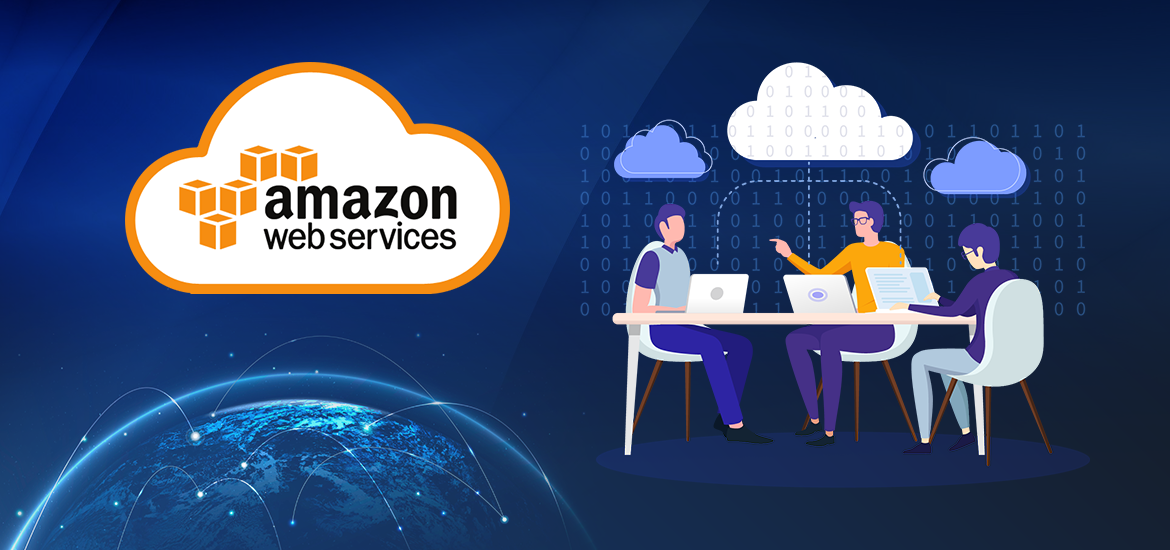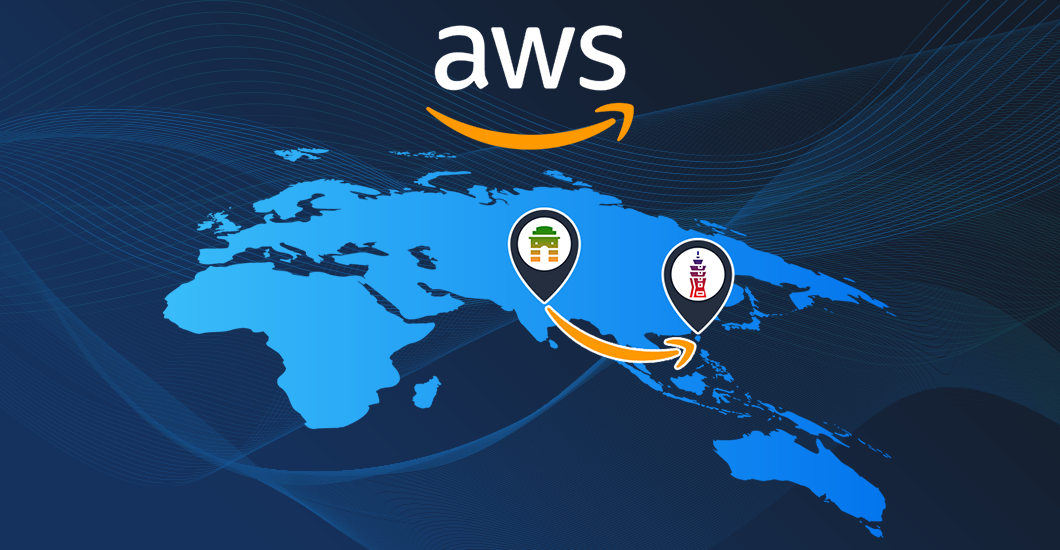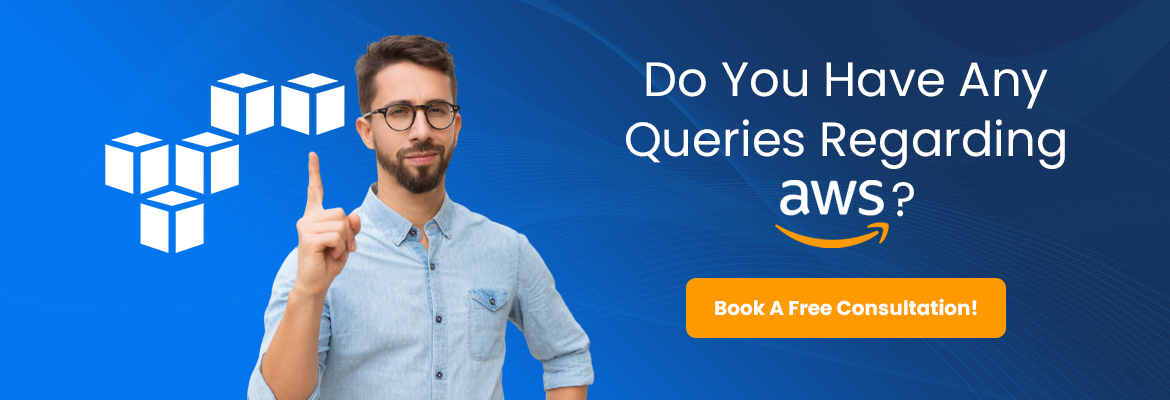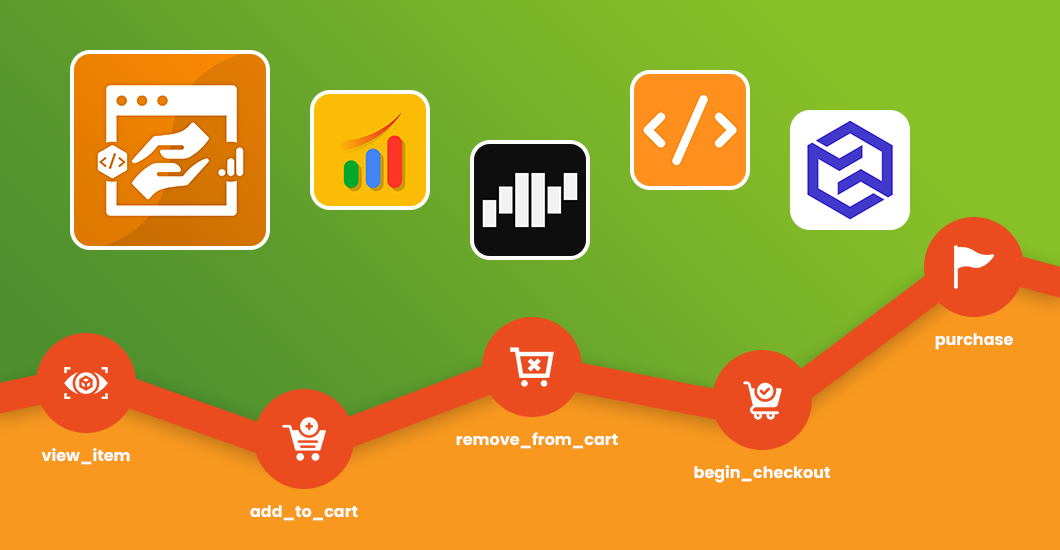Before we learn about AWS local zones, cloud computing, and how it is taking the top place in the IT sector, let’s take brief information about how Amazon initiated AWS. Amazon is one of the top online platforms for third-party retailers that serve globally. Amazon started working on an e-commerce service named Merchant.com in the early 2000s. The primary purpose of this platform was to build this platform to build online shopping sites on top of Amazon’s e-commerce engine. But as the work started, it turned out to be way more challenging than looked at on the blueprints. Because this project had many flaws that could cause this platform to in the future. In this process, the purpose of separating the various services so that they could make a centralized development platform that would help third parties start to fall off. While team Amazon was trying to untackle all the mess, they began to create a set of well-documented APIs, which was the first step to establishing the AWS business. And that is how the idea of building Amazon Web Services (AWS) started. Since that day to till, AWS has been serving clients with products and services, including AWS cloud computing, storage, networking, database services, and more.
What is Cloud Computing?
Cloud computing is the on-demand availability of computing resources, which includes servers, databases, and software. With the help of cloud computing, companies can store a massive amount of data without requiring local devices. In short, they don’t need a big data storage room filled with various machines. They will get access to store and use data from a remote server. In 2006, AWS launched its cloud products to ease their clients. And today AWS cloud server is the most functional, innovative, and secure service provider to its massive community of customers and partners. Here are the types of cloud computing services that AWS offers:
List Of AWS Cloud Computing Services
- Amazon AppStream 2.0
- Amazon EC2
- Amazon EC2 Auto Scaling
- Amazon EC2 Spot Instances
- Amazon Elastic Container Service (ECS)
- Amazon Elastic Kubernetes Service (EKS)
- Amazon Lightsail
- Amazon WorkSpaces
- AWS App Runner
- AWS Auto Scaling
- AWS Batch
- AWS Budgets
- AWS Compute Optimizer
- AWS Cost and Usage Report
- AWS Cost Explorer
- AWS Elastic Beanstalk
- AWS Fargate
- AWS Lambda
- AWS Outposts
- AWS Serverless Application Repository
- AWS Wavelength
- VMware Cloud on AWS
- And more.
Now, let’s get to the further query, which is:
Why is AWS offering local zones for cloud computing?
AWS is offering local zones to its customers so that the clients can put resources, like cloud computing and cloud storage, in multiple locations. Still, they will be able to store it closer to their end users. By kefeping this in mind, Amazon Web Services (AWS) is expanding its local area zones globally.

Why Did AWS Choose Asian Capitals For AWS Local Zones for cloud computing?
Recently Amazon has launched two latest area zones in Asia, named:
Delhi And Taipei:
The zone name of Delhi is ap-south-1-del-1a, and its Parent Region is Mumbai (Asia Pacific). On the other hand, the zone name of Taipei is ap-northeast-1-tpe-1a, and its Parent Region is Tokyo (Asia Pacific). In both of these local zones, AWS is offering the following cloud computing services:
- In Amazon Elastic Compute Cloud (Amazon EC2) service, you will get T3*, C5, R5, G4dn, and M5 instances zones.
- In Amazon Elastic Block Store (Amazon EBS) services, AWS offers General Purpose SSD (gp2) zones.
- Along with this, the customers will also be able to get Amazon Elastic Container Service (Amazon ECS), Amazon Elastic Kubernetes Service (Amazon EKS), and Amazon Virtual Private Cloud (Amazon VPC) services.
Both metro cities are the capitals of their countries with massive populations, making them suitable for AWS local zones. AWS understands the value of metro cities and how having a local zone in metro areas can provide users the capacity to deploy applications located near customers. AWS Local Zones are also beneficial for organizations to migrate workloads to nearby AWS Cloud, simplifying IT operations and keeping a hybrid cloud migration strategy. Along with the latest local zones, AWS has the following available zones where you can get the benefits of cloud computing:
- In Amazon Elastic Compute Cloud (Amazon EC2) service, you will get T3*, C5, R5, G4dn, and M5 instances zones.
- In Amazon Elastic Block Store (Amazon EBS) services, AWS offers General Purpose SSD (gp2) zones.
- Along with this, the customers will also be able to get Amazon Elastic Container Service (Amazon ECS), Amazon Elastic Kubernetes Service (Amazon EKS), and Amazon Virtual Private Cloud (Amazon VPC) services.
Both metro cities are the capitals of their countries with massive populations, making them suitable for AWS local zones. AWS understands the value of metro cities and how having a local zone in metro areas can provide users the capacity to deploy applications located near customers. AWS Local Zones are also beneficial for organizations to migrate workloads to nearby AWS Cloud, simplifying IT operations and keeping a hybrid cloud migration strategy. Along with the latest local zones, AWS has the following available zones where you can get the benefits of cloud computing:
- Atlanta (Zone Name: us-east-1-atl-1a and Parent Region: Northern Virginia)
- Boston (Zone Name: us-east-1-bos-1a and Parent Region: Northern Virginia)
- Chicago (Zone Name: us-east-1-chi-1a and Parent Region Northern Virginia)
- Dallas (Zone Name: us-east-1-dfw-1a, Parent Region: Northern Virginia)
- Denver (Zone Name: us-west-2-den-1a and Parent Region: Oregon)
- Houston (Zone Name: us-east-1-iah-1a and Parent Region: Northern Virginia)
- Kansas City (Zone Name: us-east-1-mci-1a and Parent Region: Northern Virginia)
- Las Vegas (Zone Name: us-west-2-las-1a and Parent Region: Oregon)
- Los Angeles (Zone Name: us-west-2-lax-1a, us-west-2-lax-1b and Parent Region: Oregon)
- Miami (Zone Name: us-east-1-mia-1a and Parent Region Northern Virginia)
- Minneapolis (Zone Name: us-east-1-msp-1a and Parent Region: Northern Virginia)
- New York City (Zone Name: us-east-1-nyc-1a and Parent Region: Northern Virginia)
- Philadelphia (Zone Name: us-east-1-phl-1a and Parent Region: Northern Virginia)
- Phoenix (Zone Name: us-west-2-phx-1a and Parent Region: Oregon)
- Portland (Zone Name: us-west-2-pdx-1a and Parent Region: Oregon)
- Seattle (Zone Name: us-west-2-sea-1a and Parent Region: Oregon)
AWS is not stopping yet. They have their expansion plans, which is why they have a list of cities where they will be able to launch their local zones in the future. Keep reading to know:
What Are The Future Plans Of AWS For Launching The AWS local zones?
As mentioned above, AWS is focused on being one of the best cloud computing companies globally. That is why team AWS is continuously expanding its areas of services and local zones in AWS. They have the future plan to launch their local zones in 31 cities in 26 countries, such as India, Brazil, Mexico, Philippines, Vietnam, Germany, Thailand, South Africa, Colombia, Kenya, Argentina, Canada, Poland, Peru, Australia, Chile, Netherlands, Belgium, Czech Republic, Greece, Portugal, Austria, Denmark, Finland, Norway, and New Zealand. These locations will be attached to the US’s 17 Local Zones. Here is the list of local zones, their names, and parent regions that AWS has announced recently:
List Of Announced AWS local zones
- “Kolkata (Zone Name: ap-south-1-ccu-1a and Parent Region: Mumbai)
- Bengaluru (Zone Name: ap-south-2-blr-1a and Parent Region: Hyderabad)
- Chennai (Zone Name: ap-south-2-maa-1a and Parent Region: Hyderabad)
- Amsterdam (Zone Name: eu-central-1-ams-1a and Parent Region: Frankfurt)
- Athens (Zone Name: eu-south-1-ath-1a and Parent Region: Milan)
- Auckland (Zone Name: ap-southeast-2-akl-1a and Parent Region: Sydney)
- Bangkok (Zone Name: ap-southeast-1-bkk-1a and Parent Region: Singapore)
- Berlin (Zone name: eu-central-1-ber-1a and Parent Region: Frankfurt)
- Bogotá (Zone Name: us-east-1-bog-1a and Parent Region: N. Virginia)
- Perth (Zone Name: ap-southeast-2-per-1a and Parent Region: Sydney)
- Prague (Zone Name: eu-central-1-prg-1a and Parent Region: Frankfurt)
- Querétaro (Zone Name: us-east-1-qro-1a and Parent Region: Northern Virginia)
- Rio de Janeiro (Zone Name: us-east-1-rio-1a and Parent Region: US Northern Virginia)
- Santiago (Zone Name: us-east-1-scl-1a and Parent Region: Northern Virginia)
- Toronto (Zone Name: ca-central-1-yto-1a and Parent Region: Canada)
- Vancouver (Zone Name: ca-central-1-yvr-1a and Parent Region: Canada)
- Vienna (Zone Name: eu-central-1-vie-1a and Parent Region: Frankfurt)
- Warsaw (Zone Name: eu-central-1-waw-1a and Parent Region: Frankfurt)
- Brisbane (Zone Name: ap-southeast-2-bne-1a and Parent Region: Sydney)
- Brussels (Zone Name: eu-west-3-bru-1a and Parent Region: Paris)
- Buenos Aires (Zone Name: us-east-1-bue-1a and Parent Region: N. Virginia)
- Copenhagen (Zone name: eu-north-1-cph-1a and Parent Region: Stockholm)
- Hanoi (Zone Name: ap-southeast-1-han-1a and Parent Region: Singapore)
- Helsinki (Zone name: eu-north-1-hel-1a and Parent Region: Stockholm)
- Johannesburg (Zone Name: af-south-1-jnb-1a and Parent Region: Cape Town)
- Lima (Zone Name: us-east-1-lim-1a and Parent Region: N. Virginia)
- Lisbon (Zone Name: eu-south-2-lis-1a and Parent Region: Spain)
- Manila (Zone Name: ap-southeast-1-mnl-1a and Parent Region: Singapore)
- Munich (Zone Name: eu-central-1-muc-1a and Parent Region: Frankfurt)
- Nairobi (Zone Name: af-south-1-nbo-1a and Parent Region: Cape Town)
- Oslo (Zone Name: eu-north-1-osl-1a and Parent Region: Stockholm)







